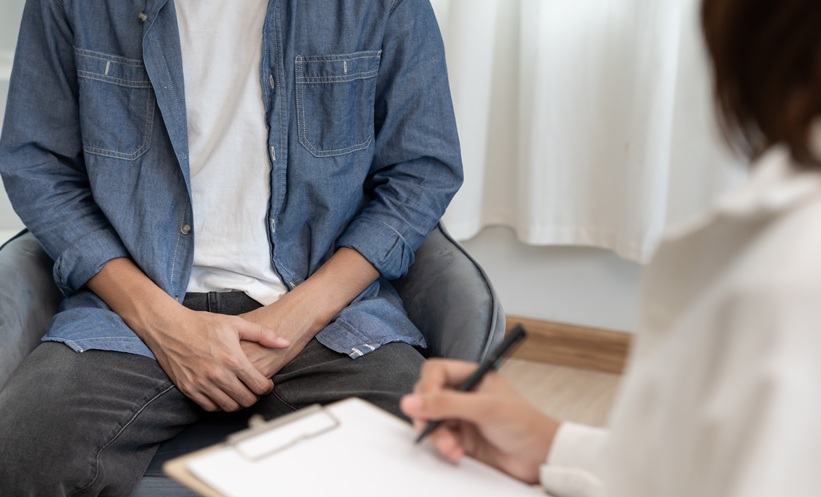INCREASING numbers of women veterans in the US are using the Department of Veterans Affairs (VA) for health care, including treatment for urinary incontinence (UI). Although behavioural therapy (which includes pelvic floor muscle exercises and bladder control strategies) is a highly recommended and effective first-line treatment, many VA facilities lack the trained professionals needed to deliver it. A review of care at four VA sites showed that while UI was assessed in nearly 80% of patients, fewer than one-third actually received the recommended behavioural treatment.
Telehealth Solutions for Urinary Incontinence
Delivering traditional behavioural UI treatment can be burdensome, particularly for rural veterans who often cite distance to facilities as a reason for leaving VA care. Telehealth technologies, which use platforms like the VA’s specific tool, VA Video Connect, offer a vital solution by overcoming geographic and time constraints. Women veterans, in particular, are early adopters of video-based care delivery, recognising its ability to surmount barriers to accessing clinical support.
The Optimizing Remote Access to Urinary Incontinence Treatments for Women Veterans (PRACTICAL) trial aimed to determine the optimal remote modality for delivering this care. This randomised clinical trial compared two remote delivery methods: an 8-week behavioural mobile telehealth app, MyHealtheBladder, and a video visit with a continence specialist. The app was uniquely designed with input from women veterans, featuring story-based scenarios and quotes highlighting shared military experiences.
The study found that virtual modalities are effective for the remote delivery of behavioural UI treatment for women veterans, with patients reporting improved UI symptoms with both the app and the video visit. Significantly, women randomised to the mobile health app reported earlier UI symptom improvement compared with those using the video visit. The trial’s innovative design also tested whether outcomes could be improved with a booster video visit for non-responders at eight weeks, but this optimisation did not yield further clinical improvement in either group. The PRACTICAL trial successfully demonstrated the potential of self-directed UI treatment through a mobile health app tailored to meet the specific needs and experiences of women veterans.
Reference
Markland AD et al. Remote Access to urinary incontinence treatments for women veterans: the PRACTICAL randomized clinical trial. JAMA Netw Open. 2025;8(9):e2532111.







